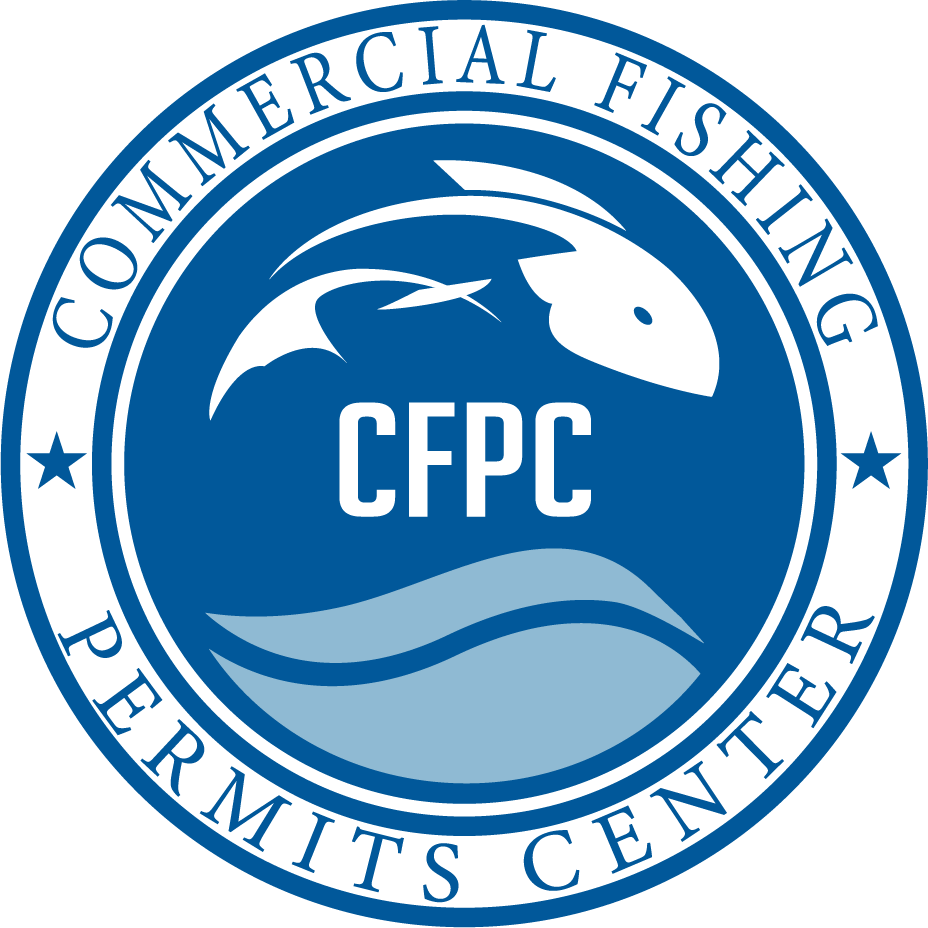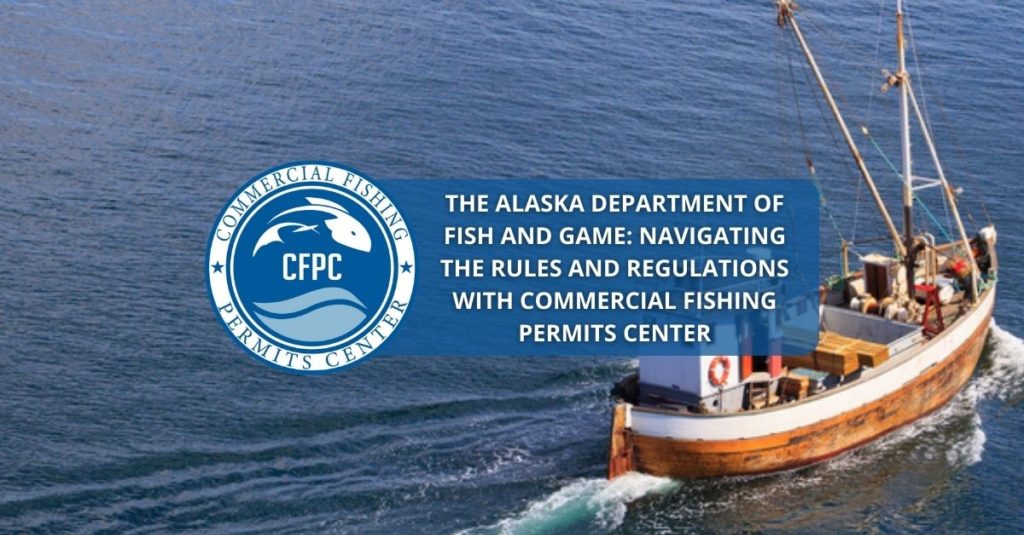The fishing industry in Alaska is a vital part of the state’s economy, providing jobs and income to local communities. However, with the abundant natural resources come strict rules and regulations that commercial fishermen must follow to maintain long-term sustainability and conservation. The Alaska Department of Fish and Game (ADFG) is the governing body responsible for managing and enforcing these regulations. This blog post aims to guide entrepreneurs who are considering investing in Alaska’s commercial fishing industry on how to navigate the rules and regulations enforced by ADFG with commercial fishing permits.
What is the Alaska Department of Fish and Game?
The Alaska Department of Fish and Game was established in 1959 and is the state agency responsible for managing and conserving the fisheries and wildlife resources in Alaska. The ADFG manages and enforces all commercial, subsistence, and sport fishing throughout the state, including the issuance of commercial fishing permits. The department’s mission is to “protect, maintain, and improve the fish, game, and aquatic plant resources of the state.”
Types of Commercial Fishing Permits
To legally participate in commercial fishing in Alaska, you’ll need to obtain a commercial fishing permit, which is issued by the ADFG. There are different types of commercial fishing permits available, depending on the species you want to fish and the area you want to fish in. Some of the common permits include: limited entry permits, salmon permits, groundfish permits, and shellfish permits. It’s essential to research which permit(s) you need before investing in equipment and resources.
The Application Process
The application process for a commercial fishing permit can be lengthy and complex. Depending on the type of permit you’re applying for, you may need to provide information on your vessel, crew, and the type of gear you’ll be using. Additionally, the ADFG may require an on-board observer or electronic monitoring system in some fisheries. The cost of a permit varies depending on the species and area, but be prepared to pay a significant amount upfront.
Regulations to Follow
Commercial fishing in Alaska is highly regulated, and there are strict rules that fishermen must follow to maintain sustainable fisheries. The Alaska Department of Fish and Game sets regulations on the amount of fish that can be caught, gear types that can be used, and the timing of fishing seasons. Fishermen must also report their catch data accurately and in a timely manner, and adhere to the department’s rules on bycatch and habitat protection.
Penalties and Enforcement
The ADFG takes the enforcement of regulations seriously, and fishermen who break the rules can face significant penalties, including fines and potentially losing their fishing permit. To avoid these penalties, it’s essential to have a thorough understanding of the regulations and to stay up-to-date on any changes or new rules put in place. Additionally, it’s essential to stay in communication with the fishery managers and Alaska Department of Fish and Game staff, who can help answer any questions and provide guidance on staying within the rules.

Starting a commercial fishing business in Alaska can be a lucrative investment, but it’s essential to understand the rules and regulations enforced by the ADFG. Obtaining a commercial fishing permit, following regulations, and maintaining sustainable fishing practices are vital to the long-term success of the industry and the protection of Alaska’s abundant natural resources. By taking the time to understand the ADFG’s regulations and the permitting process, entrepreneurs can build a successful and sustainable commercial fishing business in Alaska.


No Comments
Be the first to start a conversation